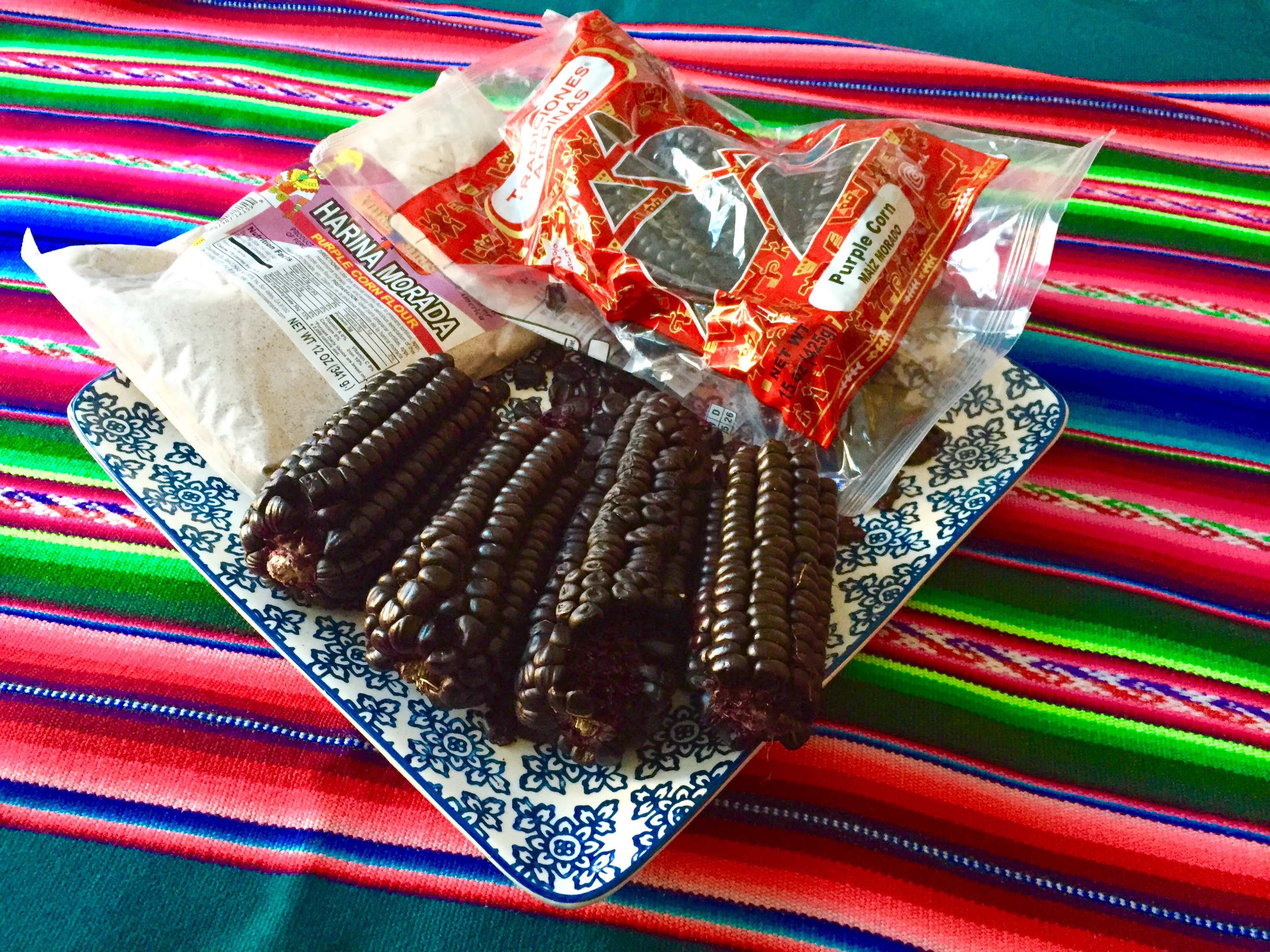To Defeat Cold, Drink Api
Steaming Api and Fresh Buñuelos (Fry Bread)
Heat enveloped me when I pulled on the rustic door as if I had opened a portal to some torrid paradise. It had presence and texture, finer than down yet thicker than steam. It begged me to come in. If I did not enter, cold stayed the measure of my days and the theatre of my nights.
At the time, I lived in Copacabana, Bolivia just over the border from Bolivia on Lake Titicaca and mornings were cold as were nights. There was no indoor heat. As the thermometer plunged toward freezing, cold entered my room stingers extended.

I spent nights trying to hold a fortress beneath a mound of weighty blankets. Still cold threatened. It kept piercing my defenses.
Mornings, weary from the struggle with cold and slow from its impact, wrapped in my long johns, sweater, parka, woven cap, scarf, and gloves, I would trudge to the town’s market, sometimes even before the sun promised to rise by kissing clouds above the mountains. There in the market, behind the door, in the room for hot drinks where scents of coffee, chocolate, corn, and fruit competed with kerosene, heat awaited.
In warmth’s arms I now relaxed onto a blanket-covered wooden bench to the sound of gas burners thrusting, and now the perfume of fruit and purple corn.
Since I came almost every day and had been doing so off and on for years, with her black hat slightly askew on her tightly braided hair my casera filled me a large glass with hot purple corn api and a splash of tojorí, a mix of purple and white like dawn.
I held it in my gloved hand. Heat radiating from the glass and slowly entering my chilled fingers and blood.
Fragrant steam rose off the glass and I held my head over it letting it bathe my eyes and warm my nose, the hot perfume entering in and making me come alive.
I sipped it, little by little, each sip a burst of heat and flavor— the wide and yet slightly sweet taste of corn along with a hint of cinnamon, cloves, and citrus.
That is api for me, a memory of mornings in Copacabana’s market (often with other people sitting by me and around me, bundled and huddled from the penetrating cold of the altiplano, the thirteen thousand four high plateau) or memories of traveling through the night by bus over the altiplano, or across valleys and over highland passes, a stop before dawn, and api steaming through me and returning to me what I had been fighting to keep.

In the US we Anglos generally do not drink hot corn gruel like api, though our ancestors probably did. Somehow we have lost the custom. But in the Andes, Bolivia and increasingly Peru, they do, and api has kept me warm over many decades now.
This last week was very cold in Utah where I am presently. Highs were around freezing and at dawn with wind chill calculated in temperatures threatened to reach zero Fahrenheit.
It was a busy week with little time for making anything. But today, though it is warmer, my heart and body want api. It is delicious and the soothing memory of years of sipping it adds more.
The other day I spoke with a Bolivian baker here in Utah who said she was going to start serving api to the public. I asked her if she made it straight from the purple corn and she said, “No. I only know how to make it from packages.”
That got me thinking. I looked online to find a recipe for making api from scratch since I know purple corn is available in the US while the api packets are not easily found. This morning I went to my local Peruvian grocer and bought some ears of dried purple corn and was pleased to also find a bag of purple corn flour.
Both can be used but I decided I wanted to try to grind the corn. I did so with a coffee grinder, little by little, and it made a flour that was a bit coarser than the commercial purple corn flour.
Here is the recipe with some reworking.
INGREDIENTS
2 cups of ground corn flour
15 cups of water
2 cinnamon sticks
2 cloves
peel of one orange
sugar to taste
PREPARATION
Soak the ground corn flour in five cups of water for at least two hours.
In the meantime, bring to a boil and let simmer the rest of the water with the orange peel, cloves and cinnamon until your water takes on the flavor of the spices. Remove the orange peel, cloves and cinnamon.
Pass the soaked corn through a sieve and add it slowly, little by little, to the boiling water stirring constantly so that no lumps form.
Once the api thickens, sweeten it to taste.
Serve it hot in glasses.
Traditionally this delight is served along with what is called a pastel, a large and inflated friend empanada with a little cheese inside, served cold and sprinkled with powdered sugar. You could also follow another tradition in Bolivia and serve the api with buñuelos as in the picture above. These latter are a fry bread and are served up with a syrup, called miel, made from chancaca, a raw sugar like the piloncillo you can buy in the Mexican markets.
Whether alone, or with one of these, api makes your day begin right and fills you with the warmth to get you going when cold would slow you down.





